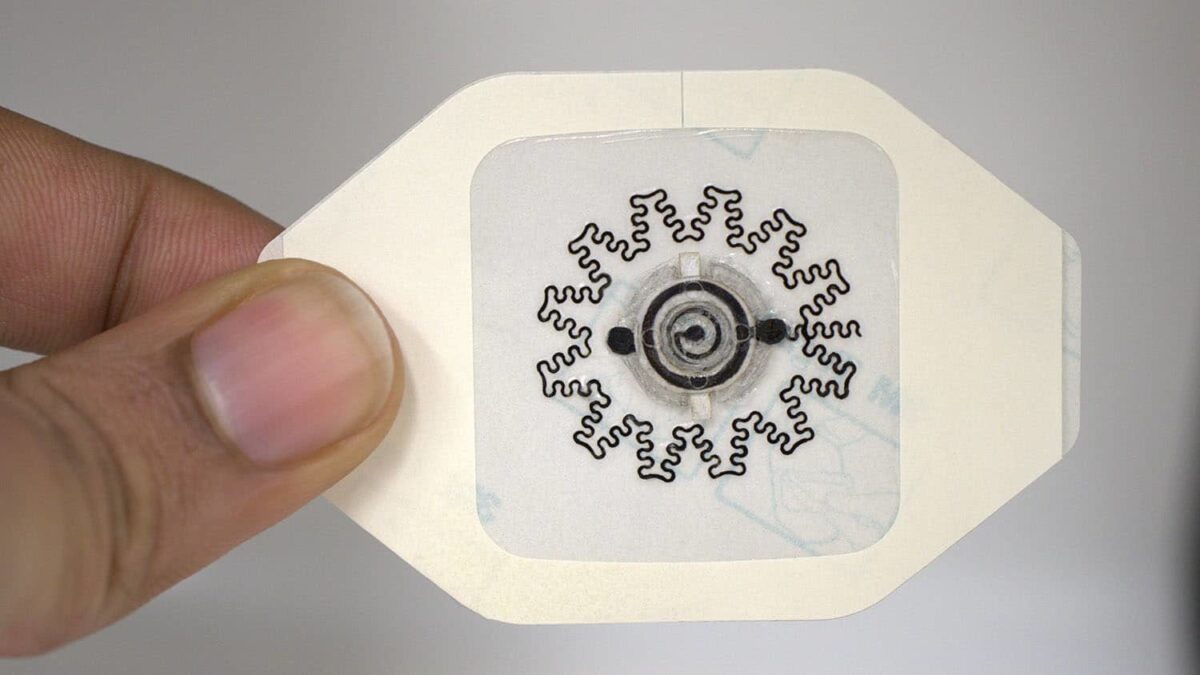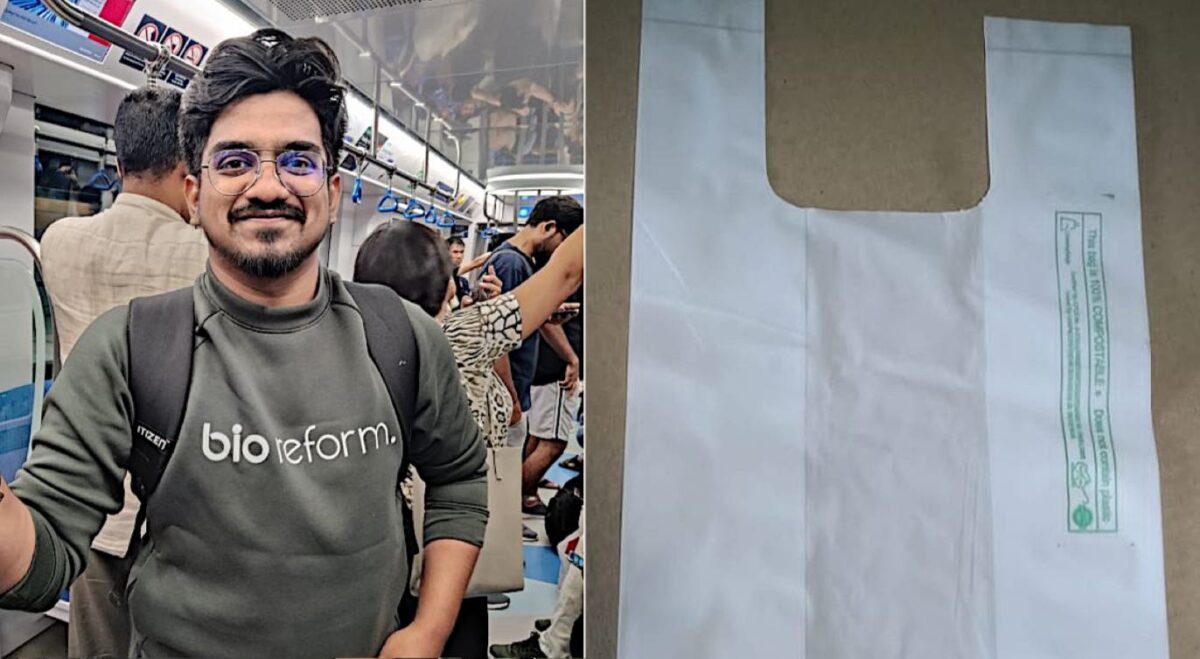Rare Ocelot Sighting in Arizona
A recent animal sighting in Arizona has drawn attention: an ocelot, a small wildcat species, was recorded in the Atascosa Highlands of Southern Arizona’s Coronado National Forest.
Native mostly to South and Central America, ocelots once ranged further north, including areas above the Rio Grande. The cat was captured on camera by one of 50 traps set by the Phoenix Zoo as part of a wildlife monitoring project. The slopes of the Tumacacori, Atascosa, and Pajarito mountains, covered in thornscrub and oak woodlands, provide ideal terrain for this nocturnal predator.
Kinley Ragan, the Phoenix Zoo’s field research project manager, discovered the footage during a routine battery check, which required a 40-minute hike in 95-degree heat. “The ocelot video was one of the last I reviewed, and it gave me chills,” Ragan said. “I couldn’t believe it at first, but then I realized the significance of this discovery.”
The Arizona Game and Fish Department (AZGFD) confirmed that this is a new ocelot, identified through a pelage spot analysis. Ocelots have been listed as endangered in the United States since 1972 and are rarely seen in Arizona. This particular cat was observed in desert scrub at lower elevations than usual for ocelots in the state.
Another ocelot has been consistently recorded over the past year in the Huachuca mountain range, more than 50 miles away from this new sighting. A previous survey in the area identified 21 mammal species but no ocelots. With this new evidence, the zoo plans to conduct broader surveys and DNA analysis from nearby water sources to better understand the ocelot’s presence in the area and possibly reveal more about this region of the American desert.




